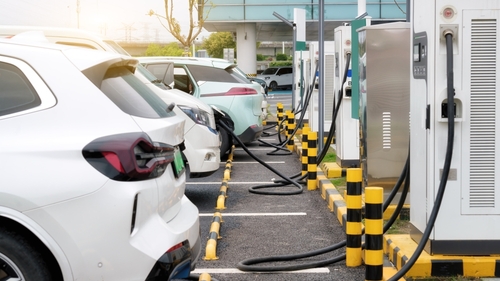
Delaware Gov. John Carney said his state will invest further in the electric vehicle infrastructure by spending state and federal money on EV charging stations on major highways and along corridors throughout the state.
The announcement came Friday as Carney, Lt. Gov. Bethany Hall-Long, Delaware Department of Transportation Secretary Nicole Majeski, Department of Natural Resources and Environmental Control Secretary Shawn Garvin, and other elected officials outlined the state’s infrastructure investment.
“Transportation emissions account for the largest emissions of greenhouse gases in Delaware,” Carney said. “Investments in electric vehicles and our charging infrastructure are a key part of Delaware’s carbon reduction strategy and will help us meet our ambitious carbon reduction goals.”
Officials said two gas stations in Camden and Harrington will have electric vehicle charging stations funded by the National Electric Vehicle Infrastructure (NEVI) program. Carney said another 10 locations around the state are being finalized. Officials expect the first two stations to be operational by the end of 2025.
As part of the NEVI program, Delaware received $17.5 million to develop an EV charging station network along Route 13, Route 113, Route 1, and I-95. Part of the Bipartisan Infrastructure Law, NEVI funding allows the charging network in Delaware to connect to a larger EV charging station network across the country. Additionally, this year, the Delaware General Assembly budgeted $4 million to supplement federal funding and will use that money for charging stations on additional corridors across the state.
“Investments in electric vehicle infrastructure are investments in a cleaner future. Federal programs like the NEVI)Formula Program will help more Delawareans and Americans make the shift to electric vehicles,” said U.S. Sen. Tom Carper (D-DE), chairman of the Environment and Public Works Committee. “These additional charging locations will reduce harmful emissions and foster economic opportunity in the First State.”